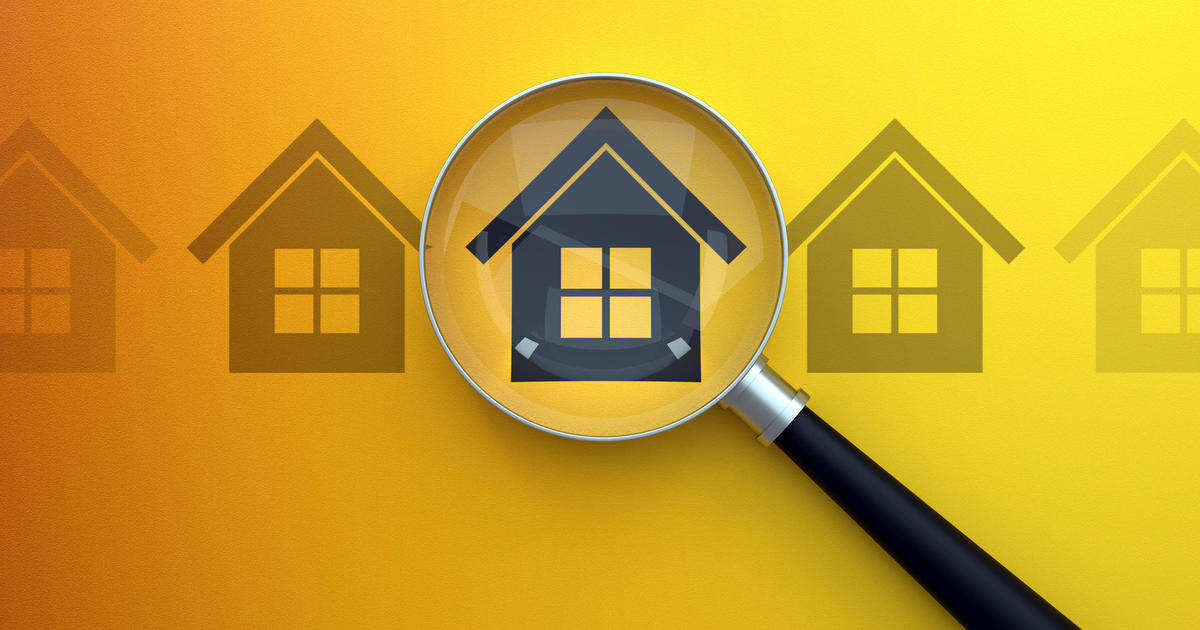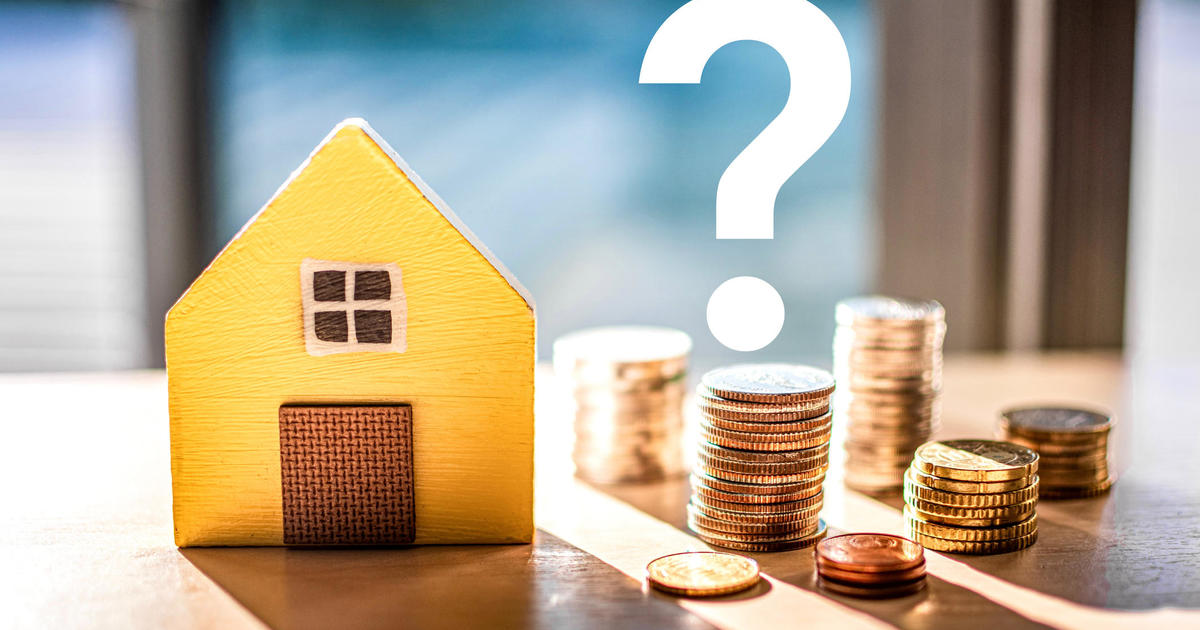Paycheck Protection Program returns with $285 billion, and there's still room for fraud
A popular government-backed small-business loan program to aid companies that have suffered due to the coronavirus is back, with some fixes to earlier flaws in the forgivable, low-interest loans but also several of the same loopholes that can benefit bigger operators over Main Street mom-and pop shops.
Washington's latest $900 billion stimulus effort will replenish the Paycheck Protection Program for a third round of funding with $285 billion at a time when small businesses continue to struggle. It was passed by Congress on Monday night after months of political haggling. There is still a question of whether President Donald Trump will sign it after the president released a video on Tuesday night criticizing the COVID-19 relief bill.
The biggest difference in round three? Companies that have previously borrowed from the program and spent the funds are allowed to take out a second loan. So-called "second draw PPP loans" were not part of the first two rounds. The government also added new restrictions to limit the amount of money going to larger firms or to those that don't actually need public assistance where private funding is available.
All told, government watchdogs who have been following the PPP say it's improved, but the latest round, like the first two, won't be fraud-free.
"I think it has more likelihood of going to the companies that need it most because the abuses of the first two rounds have been well publicized," said Steve Ellis, who is the president of Taxpayers for Common Sense. "But it is a big pot of money, and there is no guarantee it won't be taken advantage of by individuals and companies that shouldn't get it."
Here are some of the loopholes that the government has either closed, narrowed or left open in re-upping the program:
- The government capped loans for second-time borrowers at $2 million, down from $10 million. But, like in the past, the so-called affiliation rule is waived, meaning that two or more separate divisions of the same company can borrow $2 million each, as long as their operations are separate. That will likely enable restaurants, hotels and other chain businesses, once again, to borrow for more than the individual cap.
- The government narrowed the number of employees a company could have to 300 from 500. But it also extended the types of companies that could be eligible to get around that rule. For instance, like restaurants and hotels, news organizations that have a total of more than 300 employees are eligible to borrow from the program as long as they don't have more than 300 employees working at one location.
- Also new to round three of the PPP: High-end co-ops and Hollywood agents. Residential co-ops had been barred from receiving small-business assistance in past rounds. In addition, the government set aside $15 billion for smaller performing arts organizations struggling for survival, but also left the door open for at least some of the money to be nabbed by talent agencies representing performing artists.
- Unlike the first round, companies have to show their business dipped at some point during the coronavirus pandemic — but only during one three-month period. So, if a business struggled at the beginning of the pandemic, but six months later is doing fine, it will still be eligible for round three of the PPP.
- Public companies are specifically barred from getting new PPP loans. But companies owned by venture capital, private equity firms or other deep pocket investors are still eligible.
Caroline Ciccone, the executive director of Accountable.US, which has been critical of the Paycheck Protection Program, calls the exclusion of public companies, as well as the lowering of the employee cap to 300, a meaningful improvement. But she says there is still a wide gap between what most people think is a small business and a company that employs 300 people.
The new round of money does set aside $25 million for a federal agency that promotes minority-owned businesses and another $15 billion that can be tapped by community banks or minority-owned banks. That, though, pales in comparison to the overall $285 billion fund. Studies of the earlier rounds found that minority-owned firms did not get an equal access to PPP loans.
Another potential problem: The updated program still lacks the basic safeguard that is part of the typical lending process run by the U.S. Small Business Administration. Banks are usually held liable if they make a loan that turns out to have obviously been against the rules. Banks had asked the SBA to waive that liability during the first two rounds of the PPP, but the new rules that Washington wrote for round three specifically say that banks can't be held liable for borrowing fraud.
Both Ellis and Ciccone said this break for banks could be a problem, given that we now know there was widespread fraud in the first two rounds of the program.
"The argument is that we need to get the money out as fast as possible," said Accountable.US' Ciccone. "But look at what happened in the first waves of this. There was tens of billions of dollars of fraud. At the very least, you should be maintaining the very limited vetting standards that are normally in place."



